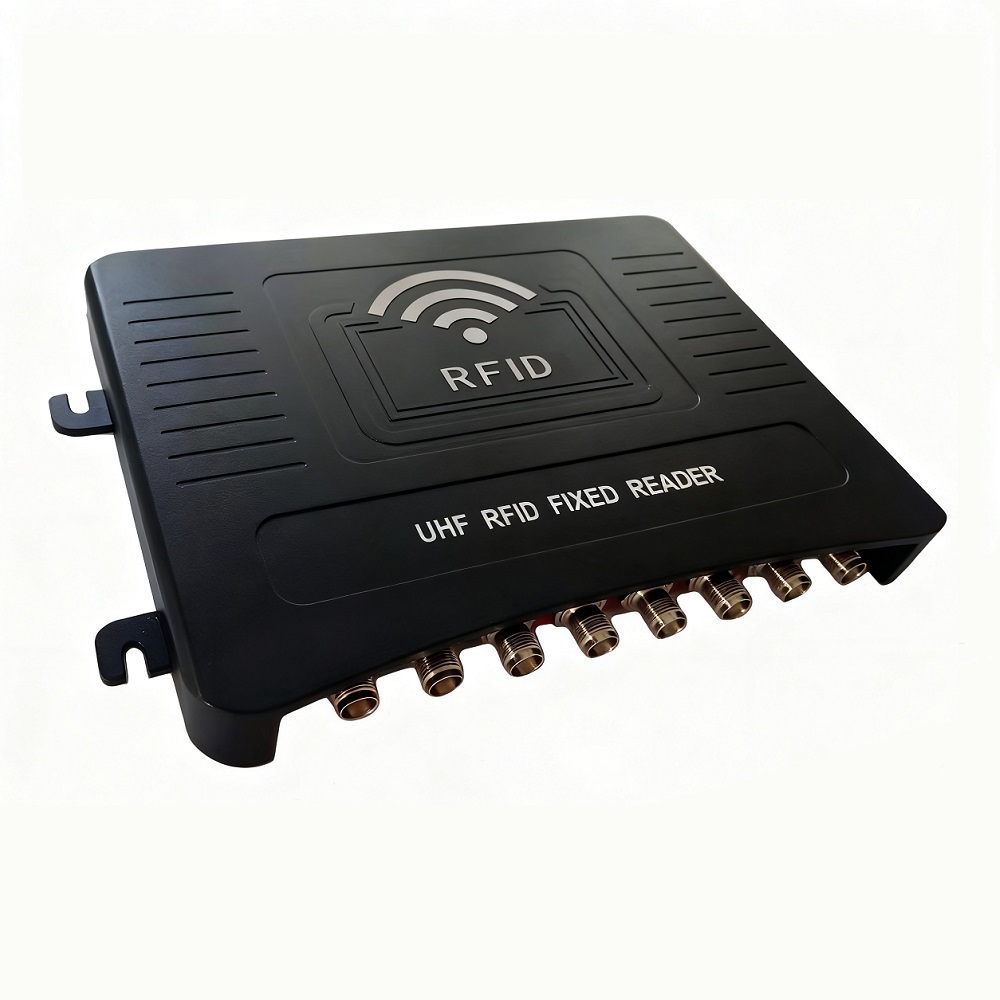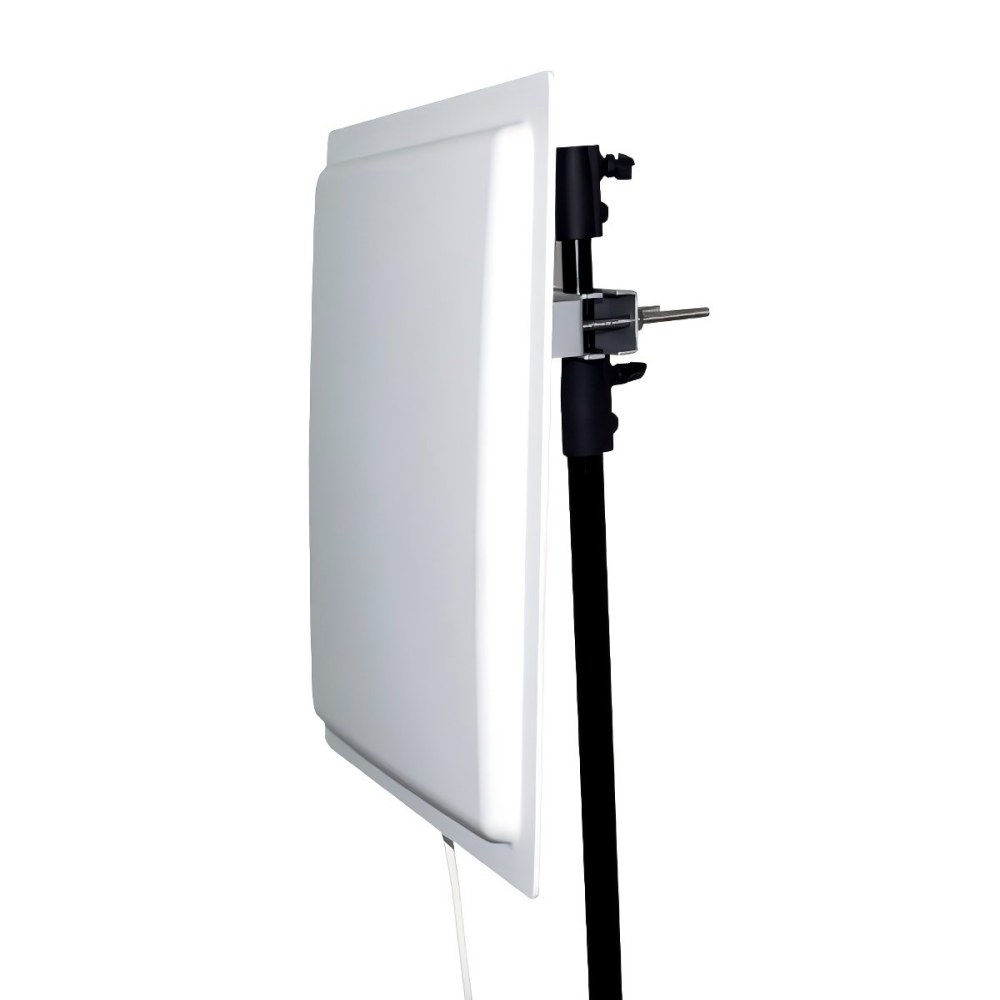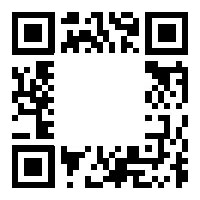Whether in operational management, inventory management, retail logistics, or other work domains, or during peak business periods with high-intensity data processing demands, PDA handheld devices prove perfectly suitable. As a retail industry solution, they not only effectively enhance management efficiency, reduce operational costs, and optimize service quality for retailers, but also significantly improve customer experience and corporate image.
In the era of big data, efficient digital management models are gaining widespread adoption across industries. For retail businesses, the key challenge lies in balancing customer service excellence with operational efficiency and cost reduction amidst the complexities of product sales.
Handheld PDA, based on its rich functions and powerful performance, can easily meet the high intensity and high frequency of information data collection needs in various fields of the retail industry, realize the transparency, informatization and high efficiency of the management of all links of the retail industry enterprises, optimize customer service experience, and enhance the competitiveness of enterprises.
Effective store management not only delivers premium customer service experiences but also cultivates brand loyalty. In retail operations, staff can use handheld PDAs to scan product labels, instantly accessing real-time data including stock levels, specifications, pricing, and discount details. This enables immediate response to customer needs while boosting operational efficiency and ensuring precise execution of tasks.
Precision and efficiency in inventory management are crucial for ensuring adequate supply. Traditional inventory systems, relying on manual recording and sorting, suffer from low efficiency and high error rates. Managers often fail to monitor stock information in real-time, leading to product overstocking or shortages of popular items – issues that severely impact business profitability. The adoption of handheld barcode readers and RFID technology provides a perfect solution to these challenges.
In the operation of warehousing and inventory, the staff only need to use handheld PDA to scan the commodity bar code, and then can quickly and conveniently register, sort, and collect statistics of the goods in and out of the warehouse, and automatically upload the information to the database system without manual computer input, which significantly improves the operation efficiency.
During inventory checks, staff can use handheld PDAs with integrated UHF circular polarization technology to perform bulk stocktaking. These devices enable simultaneous reading of numerous product tags, reducing what used to take multiple workers hours to complete into just a few minutes per person, significantly boosting efficiency. Meanwhile, managers can access real-time inventory data through the backend system, allowing them to formulate timely replenishment plans and optimize product distribution strategies, ensuring a consistent supply of best-selling items.
In logistics distribution processes, the application of handheld PDAs enables intelligent operations such as smart picking, verification, and delivery confirmation. This streamlined workflow significantly enhances operational efficiency while ensuring smooth operations. The handheld devices automatically document critical information throughout each order's lifecycle—from sorting and warehouse dispatch to final delivery—sharing this data with management systems. Additionally, they provide users with real-time logistics tracking services, further elevating service quality and customer experience.
Handheld PDAs excel in diverse operational scenarios, from store management and inventory tracking to retail logistics. They also handle peak business periods with high-intensity data processing demands. Currently, these devices have become a game-changer in the retail sector, not only boosting operational efficiency and reducing costs for businesses, but also significantly enhancing customer experience and corporate image.
1. E-commerce distribution:
The barcode recognition technology is applied to the order sorting, receiving, checking and other links of retail logistics through mobile handheld devices, so as to realize intelligent picking, checking and receiving of goods. The whole process is more concise and smooth, and the sorting and receiving efficiency is greatly improved.
2. Warehouse management:
Through the barcode, RFID and other technologies of mobile handheld devices, the automatic identification and collection of goods information entering and leaving the warehouse are realized. The wireless network is used to query and check the relevant information of goods in real time, and the data is uploaded to the background system.
3. Store management:
Through mobile handheld devices, the whole business process of store goods purchase, sales and storage as well as store members can be managed efficiently.
4. Price tag management:
By scanning the code and printing the mobile handheld device, the staff can complete the batch update and temporary supplement of the whole store price tags, and respond to the frequent price changes during the promotion period in a timely manner.
5. Store self-service:
Through mobile handheld devices equipped with barcode scanning, RFID technology, and printing functions, customers can now complete their purchases smoothly via self-service checkout terminals. The process includes scanning purchased items, facial recognition verification, entering linked phone numbers, and printing receipts. This self-service checkout system reduces waiting times, transforms traditional payment methods, and delivers a convenient shopping experience.








